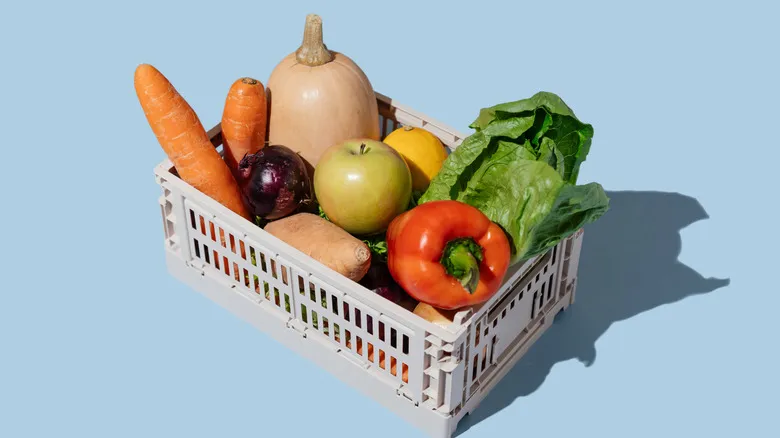Shopping at the co-op is more than a money saver

People don't shop at their local co-ops solely for cost savings; they are drawn there by the food that aligns with their dietary needs and preferences. For many, this aspect is just as appealing as the lower prices. A significant portion of the products comes from local food producers, including farmers, ranchers, craft breweries, local wineries, and specialty coffee artisans, all contributing to the offerings found in a co-op.
However, the selection at a co-op is not determined solely by supply. These stores tailor their inventory to reflect the tastes and dietary habits of the community. For instance, if a co-op features a wide array of vegan meals and numerous keto-friendly options, it likely indicates a strong demand for those products among local shoppers. The same principle applies to the availability of high-quality grass-fed beef, free-range eggs, and other items produced with fair trade practices.
Beyond providing a relevant selection for the community, co-ops also create valuable job opportunities and may even be employee-owned. Without corporate investors focused on profit, the co-op model allows even part-time workers to enjoy benefits often unavailable in traditional grocery stores. This structure prioritizes the community, ensuring that the co-op's values resonate with its members, customers, and employees.
Recommended

The History Of Betting On Gatorade Colors At The Super Bowl

The Historic Restaurant Where The First-Ever 4th Of July Was Celebrated

The Critical Process Behind Tabasco Sauce's Iconic Red Color

Waffles Are Deeply Ingrained In American History
Next up

